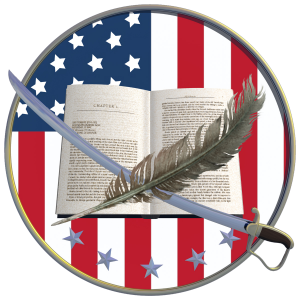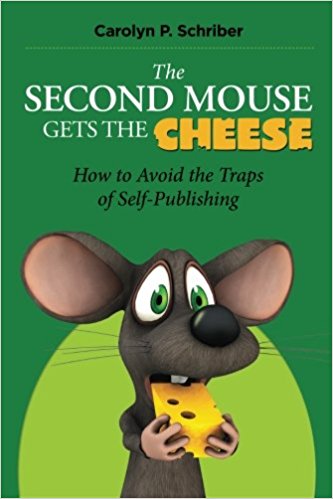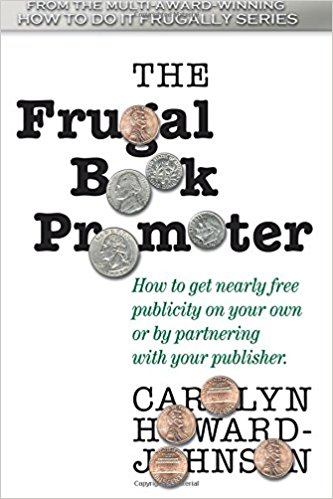MWSA Review
I am the proud owner of a complete library of diretary how to's -- from the original Weight Watcher's materials from the 1960s to Eat Right 4 Your Blood Type to The Exchange Diet they gave me when I was diagnosed with diabetes. Sitting on my Kindle at this very moment are the Glycemic Load Diet, the Low GI Diet Revolution, and Dr. Atkins NEW Diet Revolution. I've got a full complement of exercise routines from Denise Austin to Richard Simmons -- on cassette tapes, Beta, VHS, DVD, MP3, and On Demand. I have kicked boxed with Billy Blanks and practiced Tai Chi with Master Rothrock. I have ballet slippers, cross trainers, walking shoes, anti-gravity sandals, and a pair of dusty cowboy boots for boot-scootin' boogying. I have three bicycles -- a road bike, a mountain bike, and a hybrid. I have devices that I wear on my wrists, across my chest, around my tummy, and over my thighs. I have hand weights, free weights, dumb bells, stretch bands, yoga mats, step benches (2) and a chi machine. I eat leafy green vegetables and I tolerate fruit. I keep flax oil capsules in my purse next to my Sensa Shaker because I hate eating anything that once lived in water. I check my blood sugar twice a week or until I run out of lancets, whichever comes first. On good days, I check my heart rate to make sure I am in my target zone while jogging in place during Top Chef Texas. On bad days, I eat Top Chef-Just-Desserts-Truffles and take a nap. With one of my 8 8oz glasses of water that I drink each day, I gulp down pills for blood pressure, water retention, and tiny designer aspirin tablets -- just in case. I have memberships at Curves and Bally's and I would have had one at LA Fitness except some crazy guy broke in and shot up the place.
Over the years, I've given my business to Weight Watchers (both in person and online), a Bariatric Clinic that gave me vitamin B shots and amphetamines, and Nutrisystem. I even lost weight taking placebos during a medical study that paid me $50 to show up once a month for 8 months. I've fallen asleep to positive reinforcments, hypnotic suggestions, and electronic crickets.
The result? Over the last 12 years, I've gained and lost the same 40 pounds 4 times...and to accomodate that, I keep my closet stocked with the same pair of black pants in size 8,10,12, and 14. Let's face it -- depending on your point of view, I am desperate, determined, or dedicated -- and maybe a little intense.
Actually, I'm the perfect audience for Ed Boullianne's book, You Can't Outsource Weight Loss But You Can Lose Weight and Be Thin Forever. He relies on the basic principles of weight loss -- eat less, move more -- and discusses the mathematics of the process for those who don't have 40 diet books in the attic. Like many authors before him, Boullianne agrees that we aren't the same and so what works for some folks won't work for others. He has broken us foodies down into three basic categories -- the "Whats," the "Whys," and the "How Muches." (After reading his definitions, I'm pretty sure I fit into all of those categories.) Once you know who you are and have defined your problem, he encourages you to face some basic truths. The only truth that I felt like facing last night was the one that says, "Don't make lifestyle or diet changes tha you con't intend to keep for life."
I got a kick out of that one -- because I've left a long trail of abandoned principles in my wake. Human beings can be reprogrammed. I know, I've reprogrammed myself at least a hundred times so far. Seems like man's war with food goes ever onwards -- whether we believe we have found the X marking the spot or not .
While Ed Boullianne's ideas aren't new, his enthusastic perspective is. I enjoyed the read and passed on the Chicken Parm at Papa Gallo's this afternoon. I'm not sure if renewed commitment or guilt made that happen. I did celebrate with a maple bar though -- and used it to salute Boullianne's courage of his convictions.
If you are only going to buy one Diet Book, this is the one -- because it's well-researched and thought-out, because you can get it right on your kindle or tablet, and because the only thing I CAN do forever is try. And that is the sordid truth of my relationship with food.
Reviewed by: Joyce Faulkner (2012)
Author's Synopsis
You Can't Outsource* Weight Loss...But You Can Lose Weight and Be Thin Forever! (* With a pill or meal delivered to your door.) Retired Navy Captain and former combat jet aviator, Ed Boullianne was devastated by the tragedy of his 46-year old sister's death. He was determined to discover why so many Americans like his sister suffer from obesity and poor health. Her early death became the catalyst for his successful weight loss journey and for sharing what he's learned with others struggling to achieve permanent weight loss. You Can't Outsource Weight Loss provides a no-nonsense way to lose weight and keep it off. This straight-forward guide doesn't recommend gimmicky diets or require super-human willpower. Ed has successfully maintained his ideal weight for over seven years, even while eating pizza and drinking wine. He distills confusing, contradictory information and dispels the abounding misinformation about weight loss. He provides a practical, do-able guide for your own weight loss journey with research-based facts, personal examples, useful charts, "green, yellow, and red light" foods, easily implemented practices and hilarious cartoons. Ed initially thought weight loss would be easy, approaching it with the resolute determination of a "can-do" pilot. But like so many of us in the United States, he found it challenging. He tried various methods to quickly lose weight without really understanding the fundamentals of how the human body works. Instinctively, he knew he had to know more and learned how to approach weight loss in a holistic sense. You Can't Outsource Weight Loss... shares what he learned about weight loss and healthy living as he realized that weight loss is one of the few areas of your life that can't be outsourced. You Can't Outsource Weight Loss explains why many of us unwittingly sabotage our weight loss due to the myriad of misinformation promoted by food advertising and the "weight loss world." Ed demonstrates how to achieve permanent weight loss and true wellness in modern day America by focusing on five key areas for success. He helps you customize your own weight loss plan, starting with self-awareness and how to first implement the easy steps. With this guide, you too can navigate your way through a successful weight loss journey and keep it off forever!




















